City information

History
Camerino occupies the site of the ancient Camerinum, the inhabitants of which (Camertes Umbri or Umbrii-Camertii) became allies of the Romans in 310 BC or 309 BC (at the time of the attack on the Etruscans in the Ciminian Forest). On the other hand, the Katspriot referred to in the history of the year 295 BC are probably the inhabitants of Clusium. Later it appears as a dependent autonomous community with the foedus aequum, an 'equal' treaty with Rome (Mommsen, Römisches Staatsrecht, iii. 664).
Two cohorts of Camertes fought with distinction under Gaius Marius against the invading Germanic Cimbri. It was much affected by the conspiracy of Catiline, and is frequently mentioned in the Civil Wars; under the empire it was a municipium. It belonged to ancient Umbria, but was on the borders of Picenum.
Camerino was part of the Exarchate of Ravenna until 592, when it was captured by the Lombards. The city under the latter was the seat of a marquisate and then of a duchy which was sometimes under the suzerainty of Spoleto, and which was later conquered by the Franks. In the 10th to 11th centuries the city was under the Mainardi family. Boniface III of Tuscany occupied the duchy around 1050, and then ceded it to his daughter Matilda, who in turn donated it to the Papal States.
After the year 1000, however, Camerino turned itself into an independent commune. Initially Ghibelline, it later became a Guelph stronghold and suffered much under Emperor Frederick II on account of its loyalty to the pope; Manfred of Sicily's troops, led by Percivalle Doria, besieged and destroyed it (1256): much of the population was killed, but Camerino recovered under Gentile Da Varano, who was amongst the refugees that returned in 1262. Gentile formed a lasting fiefdom for his family which lasted three centuries.
In 1382, his descendant Giovanni Da Varano built a 12-kilometre (7.5 mi) long wall to defend the city, while a sumptuous Ducal Palace was built by Giulio Cesare in 1460. Giulio Cesare's daughter, Camilla Battista da Varano, was canonized a saint by Pope Benedict XVI in 2010. In 1336 the University was founded. The Da Varano were nearly extinguished by Cesare Borgia in 1502, and in 1545 the city fell under direct Papal administration.
In 1861, after Camerino become part of the unified Kingdom of Italy, the university was recognised by the new state. In 1958, the school became known as the University of Camerino, a public institution.
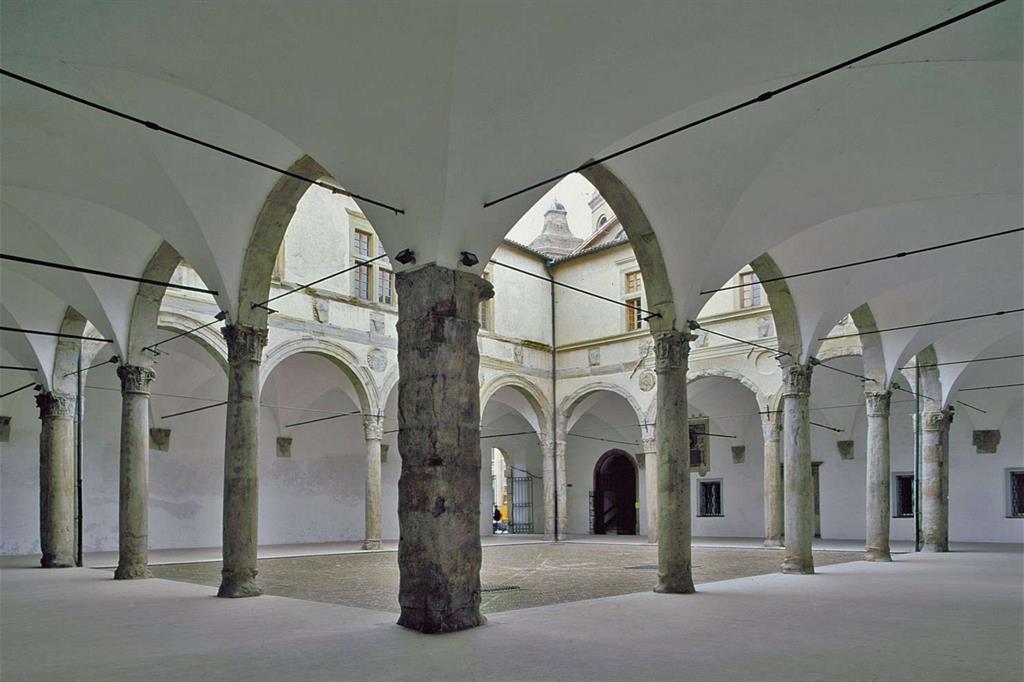 |
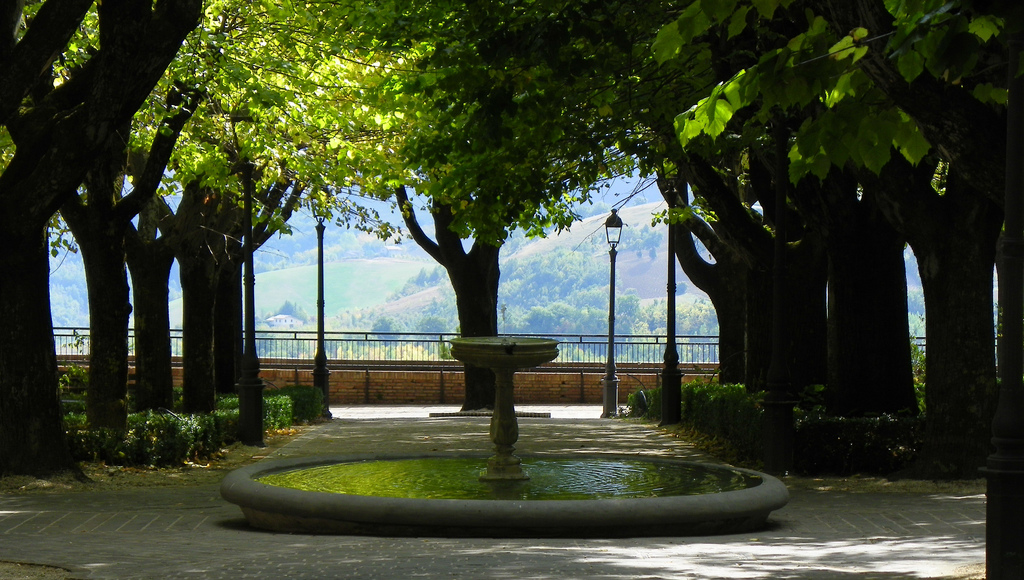 |
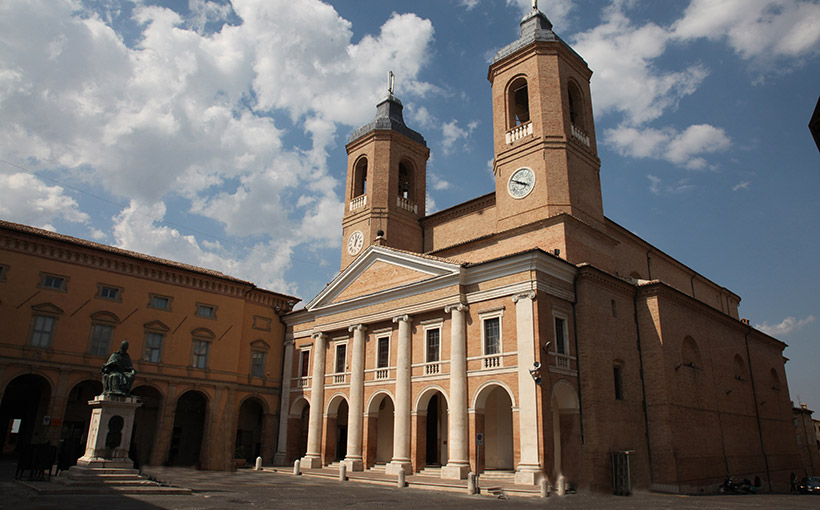 |
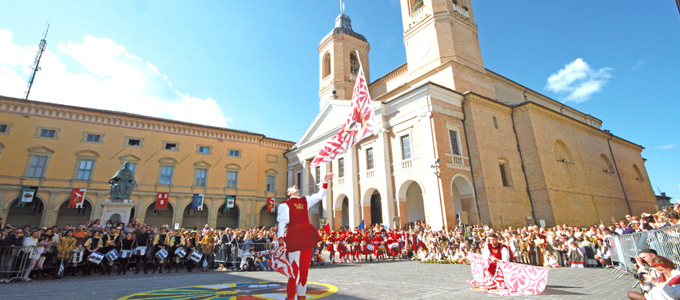 |
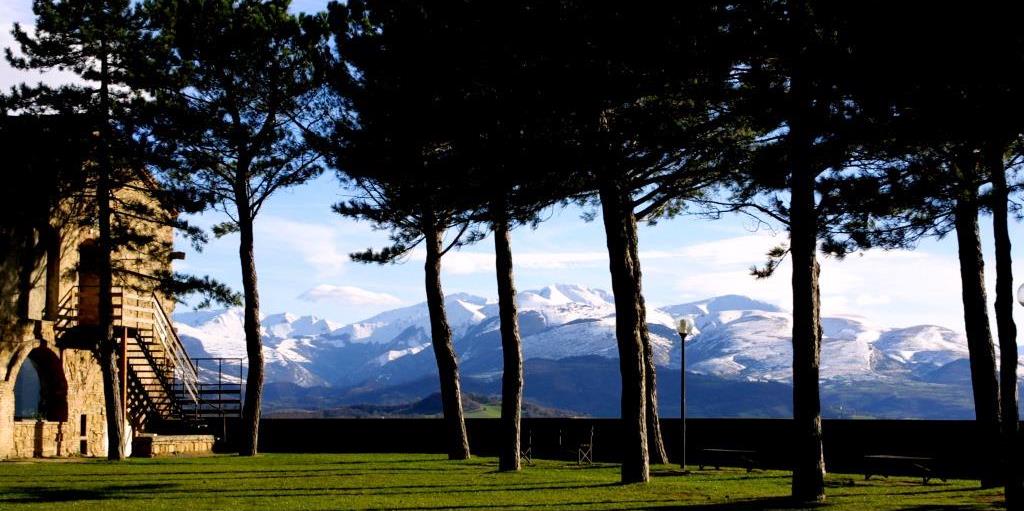 |
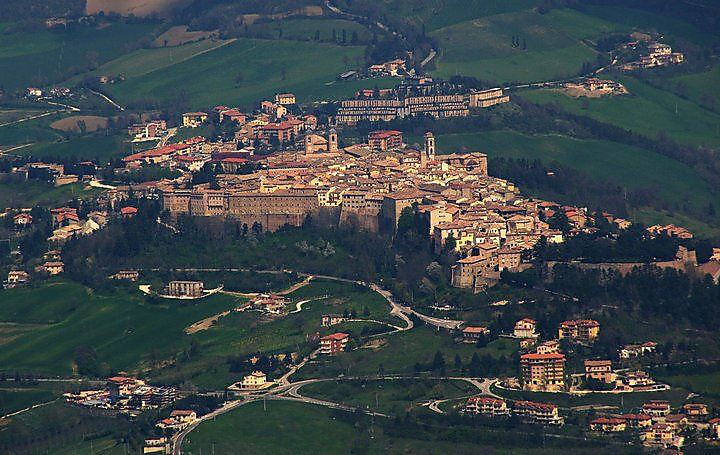 |
